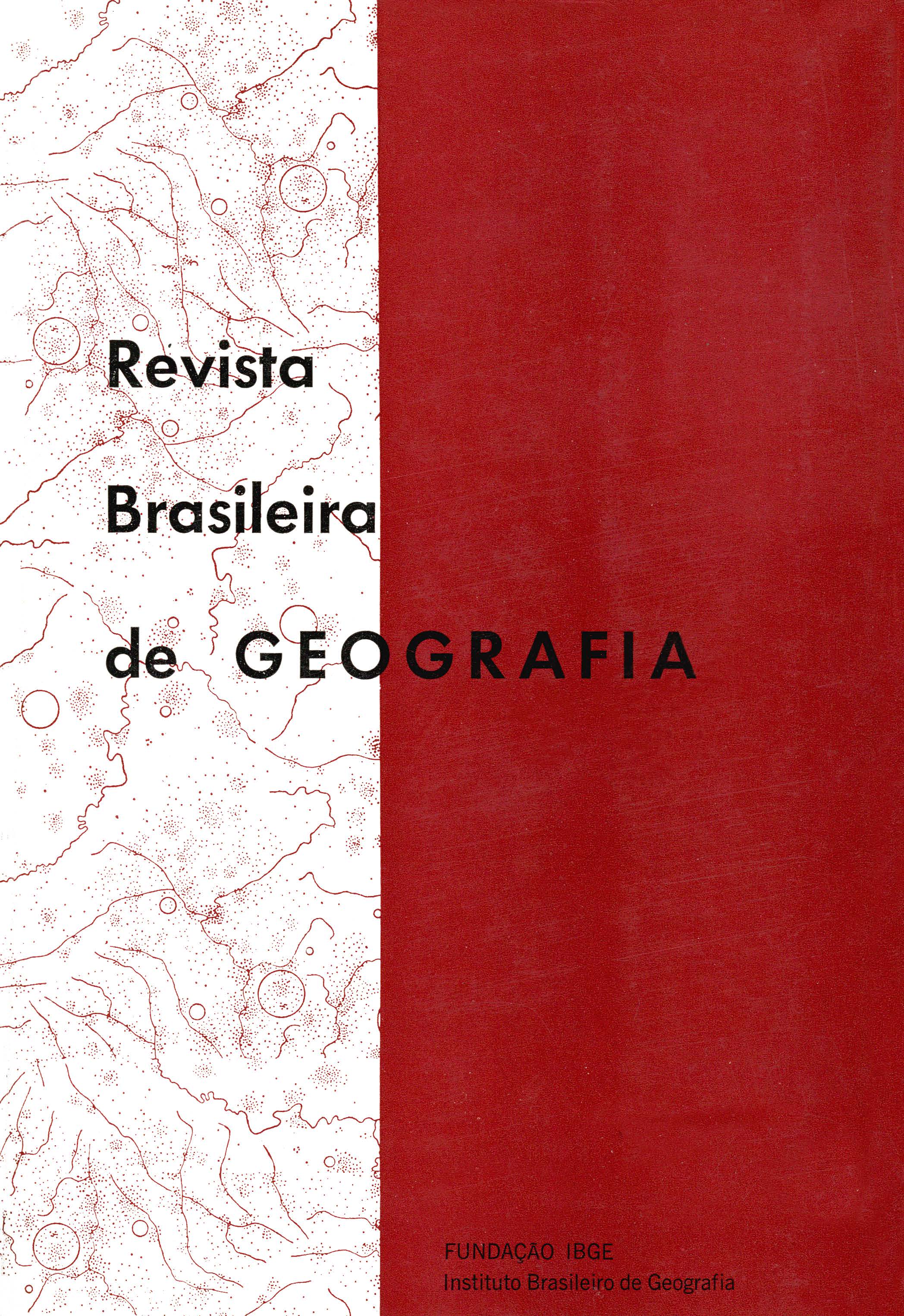Fronteira e urbanização repensadas
Palavras-chave:
Fronteiras, Urbanização, Cidades e Vilas, Planejamento Regional, Urbanization, Borders, Regional Planning, Towns and Villages, Amazônia, Mato GrossoResumo
O trabalho tem como objetivo analisar o papel dos núcleos urbanos na fronteira e a relação fronteira-urbanização. Anos de pesquisa de campo na Amazônia Oriental e no norte do Mato Grosso, permitem: 1 - confirmar a hipótese de que os núcleos urbanos são formas construídas pela circulação, especialmente a da !orça de trabalho, o crescimento dos núcleos e a organização da rede urbana vinculando-se em grande parte ao seu papel na organização do mercado de trabalho; 2 - reconhecer que os núcleos urbanos são os dispositivos espaciais básicos utilizados pelo Estado na produção do espaço global e na sua ação político- ideológica; 3 - verificar que exercem, de forma limitada, papel generativo como mercado de trabalho, como lugar de aprendizado ocupacional e político e como fonte de acumulação; 4 – verificar também como neles se realiza a articulação Estado-sociedade civil, dando origem a configurações diferenciadas da rede nas sub-regiões em formação.
Explica-se assim o vigoroso crescimento urbano regional entre 1970-80, em que cinco grandes movimentos podem ser identificados: 1 - a expansão consolidação de centros regionais e sub-regionais que constituem a base de operações produtivas; 2 - a expansão- concentração nas capitais estaduais; 3 - a reprodução de povoados disperses vinculados às frentes de trabalho; a retração de núcleos antigos, localizados à margem da nova circulação.
- Abstract:
The purpose of this paper is to analyse the role of the urban nuclei on the frontier and the frontier-urbanization relation, years of field survey in Eastern Amazonia and the north of Mato Grosso have made it possible to: 1 - confirm the hypothesis that the urban nuclei are forms constructed by circulation, especially the circulation of the work force, the growth of the nuclei and the organization of the urban network being to a large extent connected with their role in the organization of the labour market; 2 - recognize that the urban nuclei are the basic spatial arrangements used by the State in producing global space and in its politico-ideological action; 3 - verify that they exercise, in a limited way, a generative role as a labour market, as places for occupational and political learning and as a source of accumulation; 4 - also verify how the articulation between the State and the civil society is carried out within them, giving rise to differentiated configurations or the network in the sub-regions in process of formation.
In this way the vigorous regional urban growth between 1970 and 1980 can be explained, in which five great movements can be identified: 1 - the expansion-consolidation of regional and sub-regional centers which constitute the basis of productive operations; 2 – expansion concentration in state capitals; 3 - the reproduction of scattered townships connected with the labour fronts; the retraction of older nuclei situated outside the area of new circulation.






